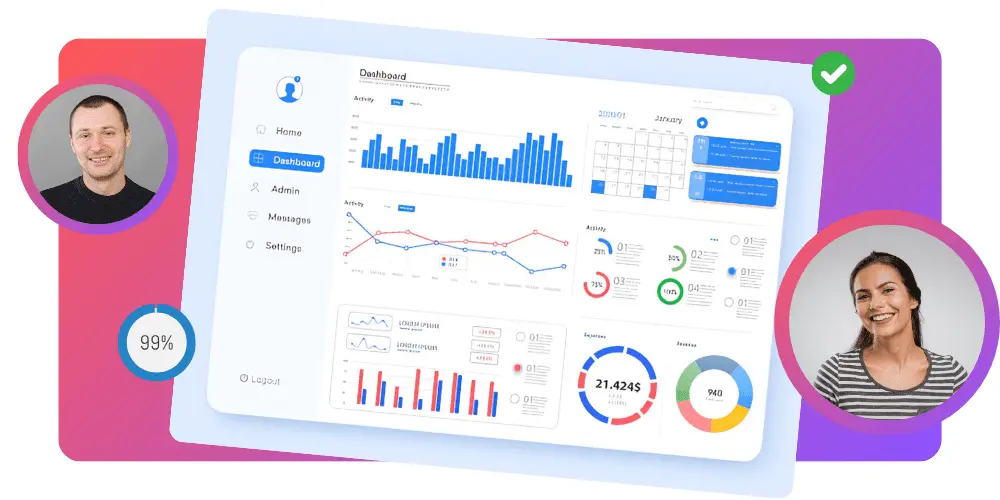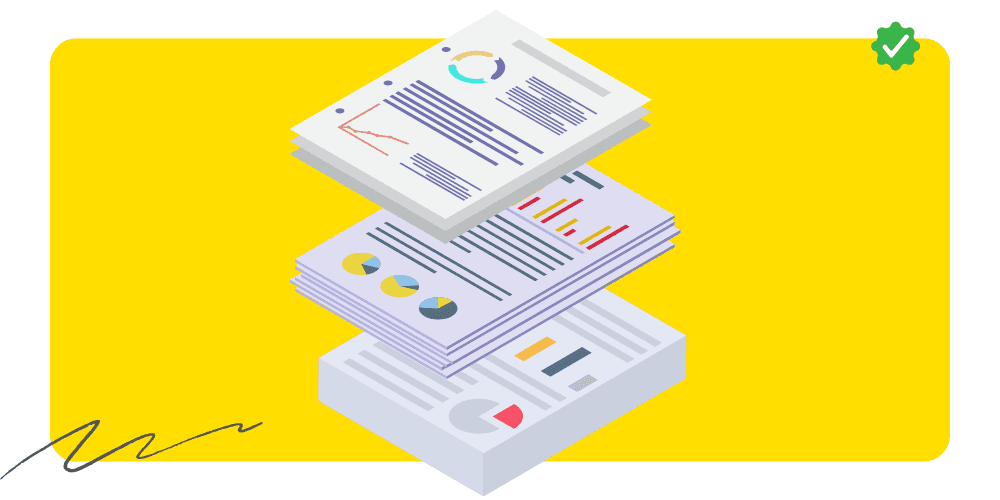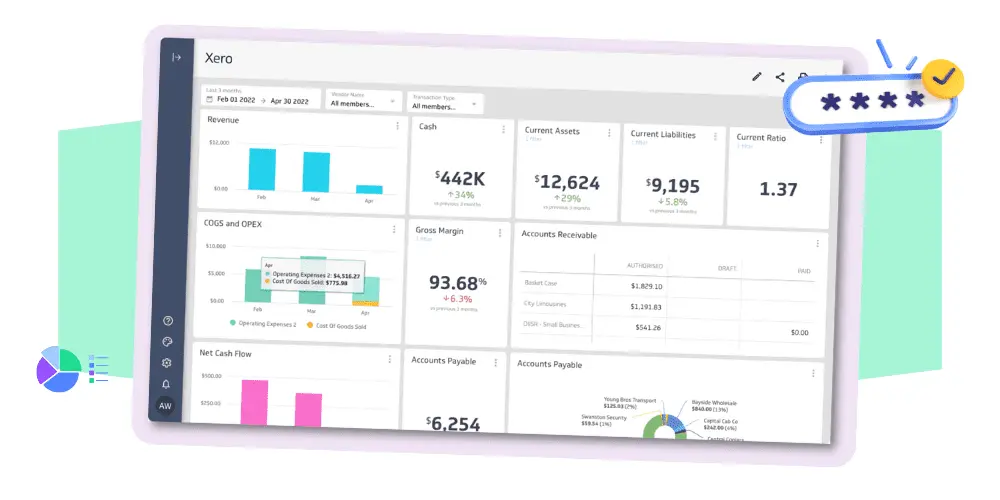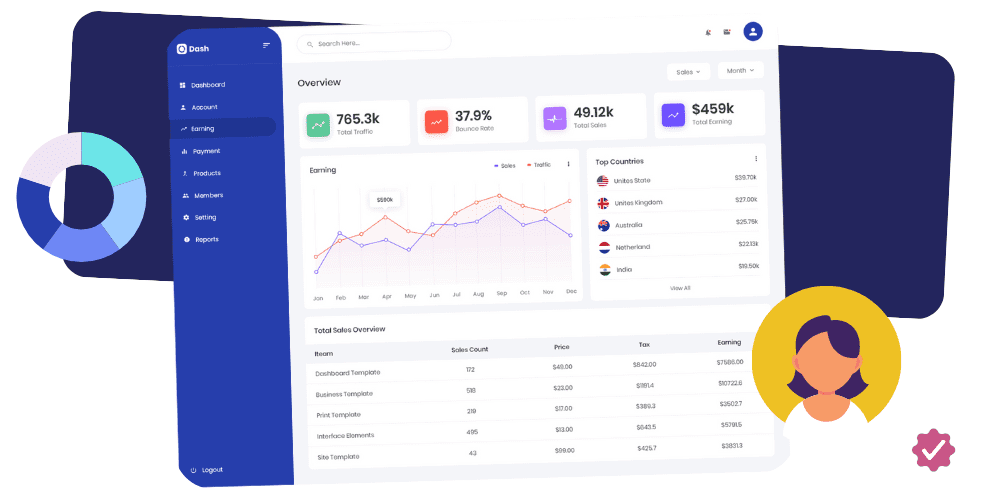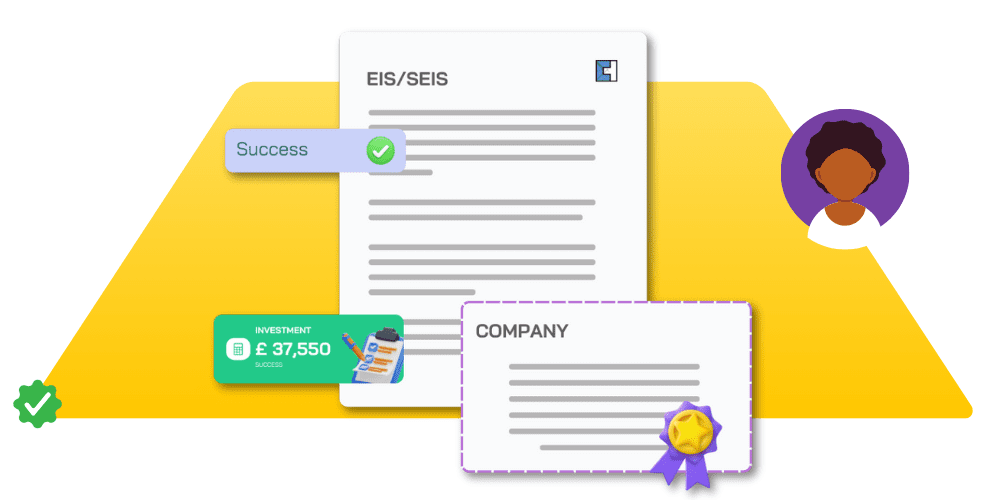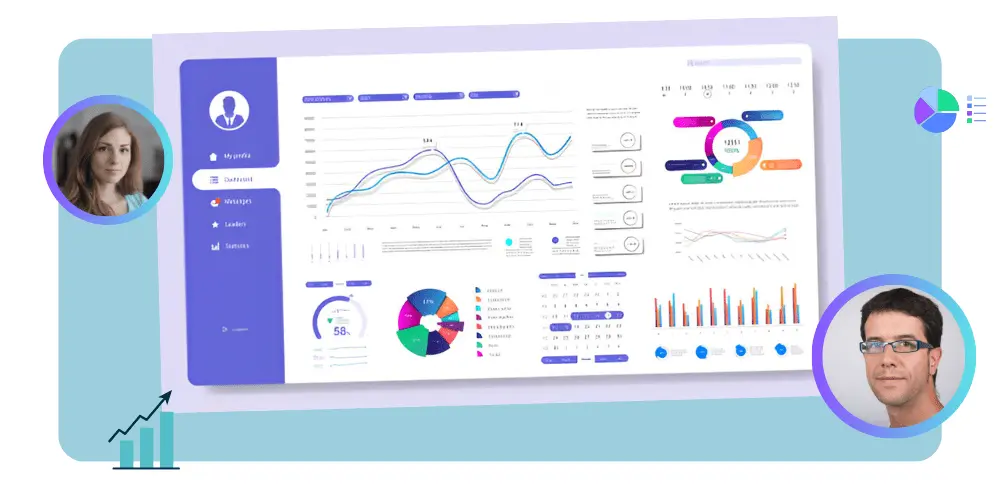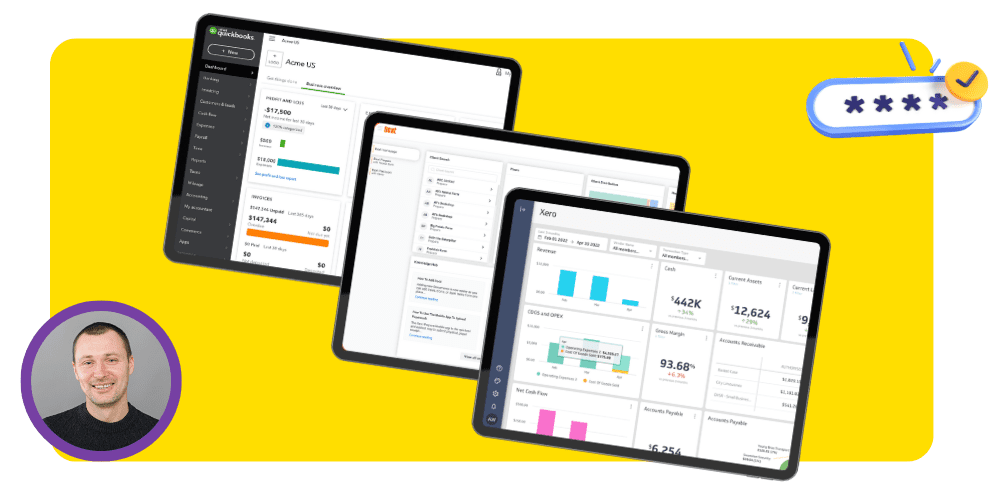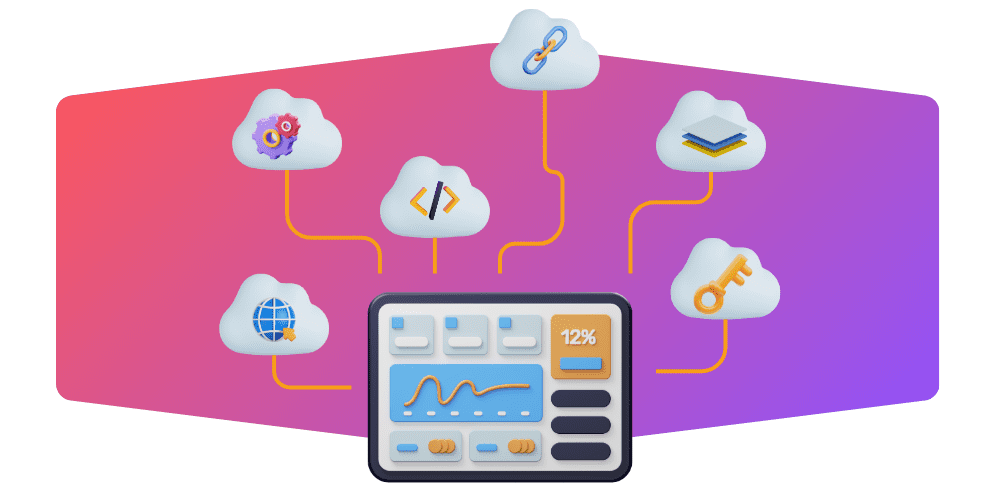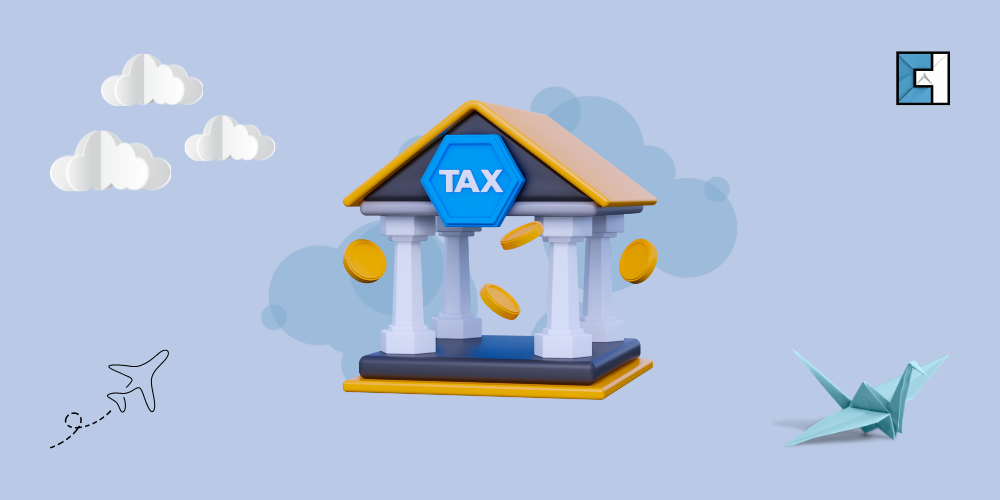There is always a Value Added Tax, or VAT, in every purchase. Even for vehicles, there is a VAT that is generally 20% of the entire price. The VAT is usually determined by the cost of the vehicle. Buyers will be able to reclaim the 20% in certain circumstances, and they may even lower the car’s price. Used cars that are VAT-qualified were generally previously owned for commercial purposes. You can reclaim the 20% if your vehicle is VAT-registered.
If you buy a used car that isn’t VAT-qualifying and it becomes unusable, you won’t be able to get your money back or have the VAT restored. Individual automobiles, ambulances, prison vehicles, and other non-VAT cars are examples of usual non-VAT automobiles.
Make sure to ask the individual or company dealer you’re buying your automobile whether it’s VAT registered. If the car is VAT-registered, there is a procedure for obtaining a title loan to compensate for the tax. If your name isn’t on the title, get in touch with a loan agent and find out how you can obtain a title loan.
How does VAT Work on Used Cars?
If you’re thinking about purchasing a used vehicle, there are several terms to be aware of. First and foremost, keep in mind that some auto dealers profit from VAT. The vehicles are registered as “demo sales” by the dealers without paying VAT and receiving money off the price. To seek a VAT-registered automobile for your company, double-check with the demo sale plan.
Second, the dealer pays for VAT but reclaims it as an input tax upon acquisition. The input tax would be included in the car’s purchase price. Finally, the buyer pays for VAT and reclaims it as an output tax when selling the car.
To illustrate the situation on input and output tax, here is an example:
A dealer is selling a used car in the UK with a price of £12,000. It has undergone the following input and output tax. Purchase price of £11,000. The UK VAT reclaimed is calculated at a 7/47 VAT fraction with £1638.30. The total net purchase price is £9361.70 (£11,000-£1638.30). The sale price of £12,000. The VAT reclaimed is calculated at a 7/47 VAT fraction with £1787.24. The total sale price is £10212.76 (£12000-£1787.24). The total VAT paid by the UK dealer is £148.94 (£1638.30-£1787.24).
When you buy a new vehicle, you can now comprehend how the VAT is calculated. You may reclaim the amount shown above in tax. Make certain to inquire about whether or not the car you’re buying is VAT-registered by the individual or firm that sells it to you.
Benefits of Non-EU (Export) Customers
If you export a vehicle from the United Kingdom, you may save a lot of money. Purchasing a vehicle from the United Kingdom will allow you to claim back 20% VAT, and the car will be cheaper.
For example, you want to buy a vehicle for £48,000. The car’s VAT is £8,000. You may purchase an automobile in the United Kingdom for £40,000 and save up to £8,000. VAT-qualified automobiles are tax-free when sold outside of the EU.
Vehicles for VAT Registered Individual
The consequences of VAT are different for new and previously owned automobiles.
For New Cars:
- The overall price includes the value-added tax.
- The dealer who sold you the automobile will reimburse any VAT to Customs & Excise.
- If you want to utilize your automobile’s exempt status, you can reclaim the VAT.
- If you want to sell the automobile, you must add the VAT to the selling price and pay it in Customs & Excise.
For Used Cars:
- If you buy a car that has not been reclaimed for Value Added Tax, it will be considered a non-VAT qualifying vehicle or a “Margin” car.
- If you purchase a vehicle that is VAT-qualifying, you can claim the tax after the transaction.
The distinction of purchasing a VAT-qualifying used vehicle may be seen in the following example: A business purchases a new vehicle for £10,000. The VAT has already been added to the overall price. The business’s representative does not have to travel to Customs & Excise just to pay for VAT. The car does not need to be registered for VAT and the firm is able to reclaim the tax.
However, a firm is purchasing a used automobile for £12,000. If the car was previously owned by a VAT-registered person and is being sold now, the total cost includes any VAT charged. Once they acquire the vehicle, businesses may reclaim the VAT they paid. You can get a lot of money for your old automobile if you’re looking to save on automobiles. There are many different types of financing available if you need to borrow money. Electric salary sacrifice is one method that is becoming increasingly popular, and it allows you to make significant tax benefits on new electric vehicles.
Vehicles for Non-VAT Registered Individuals
The consequences of having a non-VAT registered automobile for new vehicles or used cars are two separate issues.
For New Cars:
- The total price of a new car includes VAT.
- The dealer will pay the value-added tax to Customs & Excise.
- If your vehicle is not qualified for VAT, it will not be taxed. The automobile you drive will not be subject to VAT.
For Used Cars:
- You do not pay tax if you buy a used one from a dealer or an owner who does not charge VAT.
- A “non-VAT qualifying” vehicle or a “Margin” car is what you’ll get if you’re buying a car where the previous owner neglected to reclaim the VAT.
Conclusion
VAT on new and used cars can be a confusing topic, but it’s important to understand the basics before you purchase a vehicle. These concepts will help you save money and make smart decisions about buying or selling a car. Talk to your dealer or accountant if you have more questions about how VAT works on automobiles.
Additional Resources




